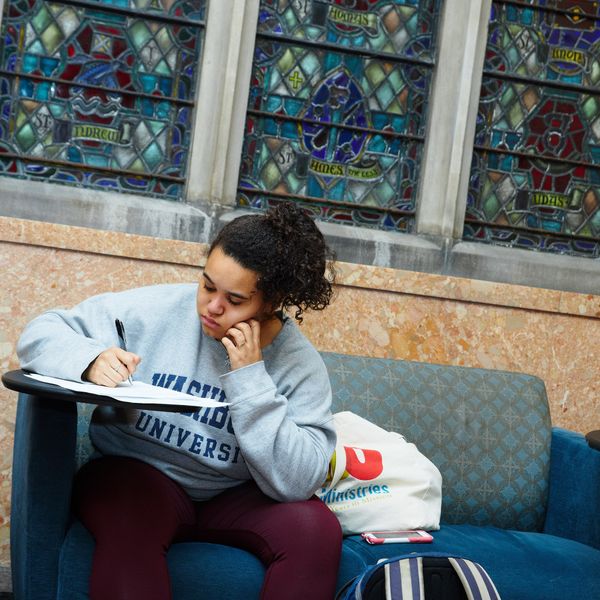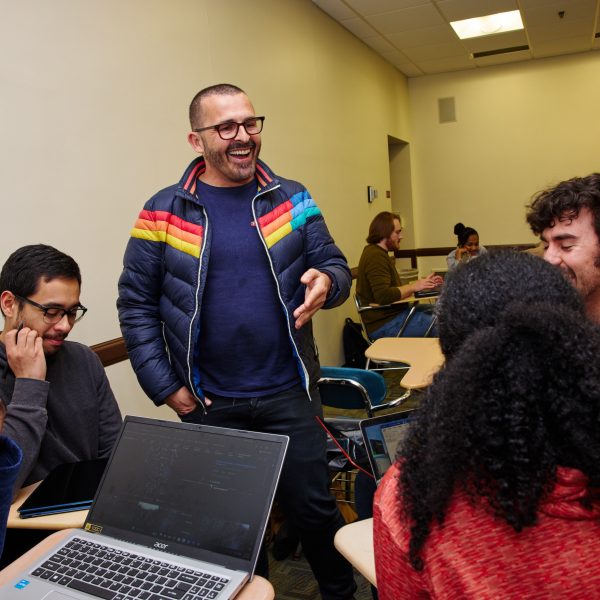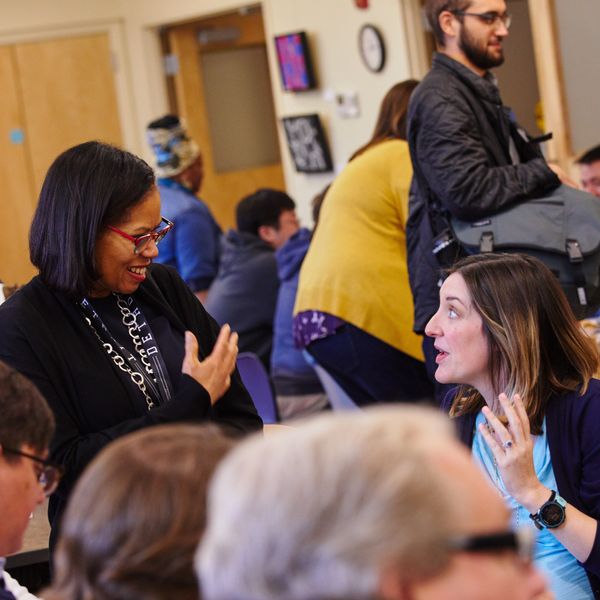Contextual Education Considerations for International Students
Working Off-Campus & Curricular Practical Training (CPT) Authorization
International students on an F-1 visa (student visa) have some limitations around the numbers of hours they can work each week as well as where that work can happen. See the ISSO website for the most current policies around the off-campus work process, but for the purposes of Contextual Education a student should understand the following:
Typically, first-year students in any program are only authorized to work on-campus for up to 20 hours each week. Students in later program years can receive authorization to work off-campus, but must officially seek work authorization from the U.S. government to do so. There are three types of work authorization that School of Theology students typically utilize. All are sought by making an application through the University’s International Students and Scholars Office (ISSO) portal.
The three forms of work authorization that allow students to work off-campus are:
1. Optional Practical Training
OPT is time-limited (most program visas allow up to 12 months of OPT) and can be utilized either during one’s program or afterward. Most students choose to wait until they finish their degree to utilize OPT because it allows them to extend their visa after graduation and work in the U.S. in a setting related to the program from which they just graduated. For example, a student graduating from the MDiv program could apply for OPT to receive authorization to work in a religious non-profit setting, like a church, for 12 months after their graduation from BUSTH.
Any time spent on OPT during one’s degree program reduces the months of OPT authorization they will have left after graduation, so it should be used judiciously.
2. Curricular Practical Training
CPT can be utilized at any time during a student’s degree program but not after their graduation. This is because CPT is “curricular” in nature and once you graduate you will have completed your program’s curriculum.
While OPT covers any kind of work, CPT only covers work related to your program’s curricular requirements. Students in the MDiv, MTS, and MARPL programs are required to complete Contextual Education as part of their programs’ plans of study, whether through an internship placement or a project. STM students within the Religious Leadership plan of study can also decide to add a Contextual Education experience to their plan of study through a Supervised Practicum. International students in any of these programs, therefore, can be authorized through CPT to work off-campus in fulfillment of these curricular requirements.
3. Severe Economic Hardship
If you need to work off campus to earn money because of circumstances outside of your control (ex. your sponsor removes their promise of funding), you can apply for Severe Economic Hardship status, which allows you to work off-campus to earn money. Only students who have been in their program for at least 9 months can apply for Severe Economic Hardship status.
Do I still need CPT authorization if my off-campus Contextual Education work is unpaid?
Yes, all off-campus Contextual Education work done in completion of an internship placement or project must be authorized by CPT, even if it is unpaid.
Can I avoid the CPT process by working on-campus to fulfill my Contextual Education?
Yes, international students can fulfill their Contextual Education degree program requirements without working off-campus. An international student can choose to do an on-campus internship placement or project rather than an off-campus one, and would not need CPT authorization to do that on-campus work, unless they have another on-campus job that would raise their on-campus working hours above 20 each week. (In that case, please see the question below explaining this scenario.)
While it’s an annoying “extra step” in the Contextual Education process for international students, the CPT authorization process is not terribly onerous. We have outlined the process of securing CPT authorization clearly in the document that’s available at the bottom of this page. Please don’t let CPT authorization be a hindrance to choosing the Contextual Education experience that you believe will enhance your learning the most. If working off-campus will help you grow professionally and/or personally, then that is what you should do. And CPT authorization will allow you to do it within the scope of your visa.
Does CPT reduce the number of hours I am allowed to work on-campus?
No! The good news is that your Contextual Education placement is a curricular component, so it is not counted as “work” but rather an “internship.” This means that you are still eligible to complete up to 20 hours of on-campus work each week alongside your Contextual Education internship placement, if you would like to do so. (This is the answer for F-1 students. Students with other visa types should double-check this question with their ISSO advisor.)
What if I’m already working 20 hours on-campus and want to add an on-campus Contextual Education placement, as well? Will I need CPT authorization to go above 20 hours total of on-campus work?
Yes! While all international students are allowed to work 20 hours on-campus each week, they need CPT authorization to work more than 20 hours. If your Contextual Education placement hours will raise your on-campus working hours to above 20 each week, then you will need to apply for CPT authorization. This is so that ISSO and the government will know that those extra on-campus working hours are for a curricular internship, not just on-campus employment.
Timeline of CPT Authorization
International students seeking CPT authorization for their Contextual Education work should complete the CPT authorization application in the ISSO online portal at least a month before the start of a semester. This is because a student cannot begin their off-campus work until CPT authorization has been approved. CPT application processing typically takes around 10 – 14 days, and that is if all paperwork is submitted correctly and ISSO is not in a busy season. Applying for CPT a full month ahead of the semester should allow a student to begin the work of their Contextual Education placement or project as soon as classes begin.
If you do not receive CPT authorization by the time classes begin, you are not allowed to begin your off-campus work and must make up those hours in subsequent weeks, once your CPT authorization has been granted. Working off-campus without CPT authorization greatly endangers a student’s visa status, which is why timing is very important. The earlier you apply for CPT authorization, the better!
Instructions for Pursuing CPT Authorization
The Contextual Education Office has prepared a helpful guide for students who need to seek CPT authorization for their off-campus Contextual Education work. You can find this guide below. For any questions about the CPT authorization process beyond the scope of this form, or specific to a visa type other than the F-1, please consult your ISSO Advisor.



